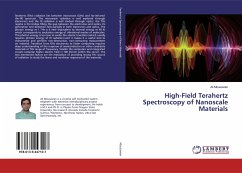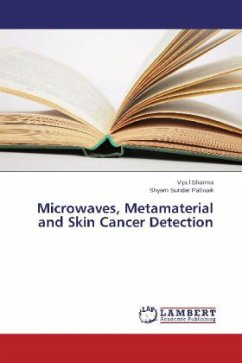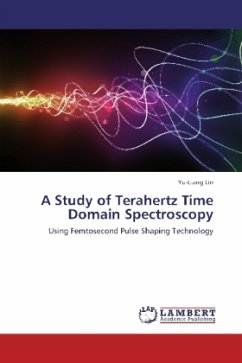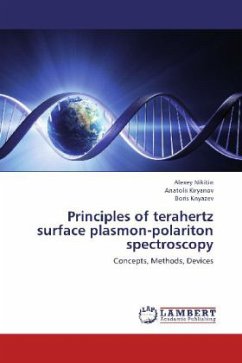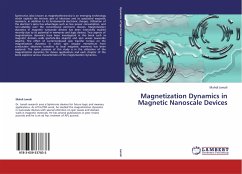Terahertz (THz) radiation lies between microwave (GHz) and far-infrared (far-IR) spectrum. The microwave radiation is well explored through electronics and the IR radiation is well studied through optics, the THz regime is the bridge filling the gap between the electronics and optics. Its generation and detection falls partially in both electronics and optics. The photon energy at 1 THz is 4 meV (equivalent to thermal energy at 48 K) which corresponds to excitation energy of vibrational modes of molecules. This photon energy is too low to excite the atomic transition (which usually requires photon energy of IR radiation) and it makes it a useful tool to characterize and perform non-destructive, non-contacting measurement on material. Transition from GHz electronics to faster computing requires deep understanding of the response of semiconductors or other candidate materials at THz range of frequency. Smaller the computers and integrated circuits comprise higher electric field (100 kV/cm) within the circuit. The two mentioned factors are the motivation of providing strong THz source of radiation to study the linear and nonlinear responses of the materials.
Bitte wählen Sie Ihr Anliegen aus.
Rechnungen
Retourenschein anfordern
Bestellstatus
Storno

